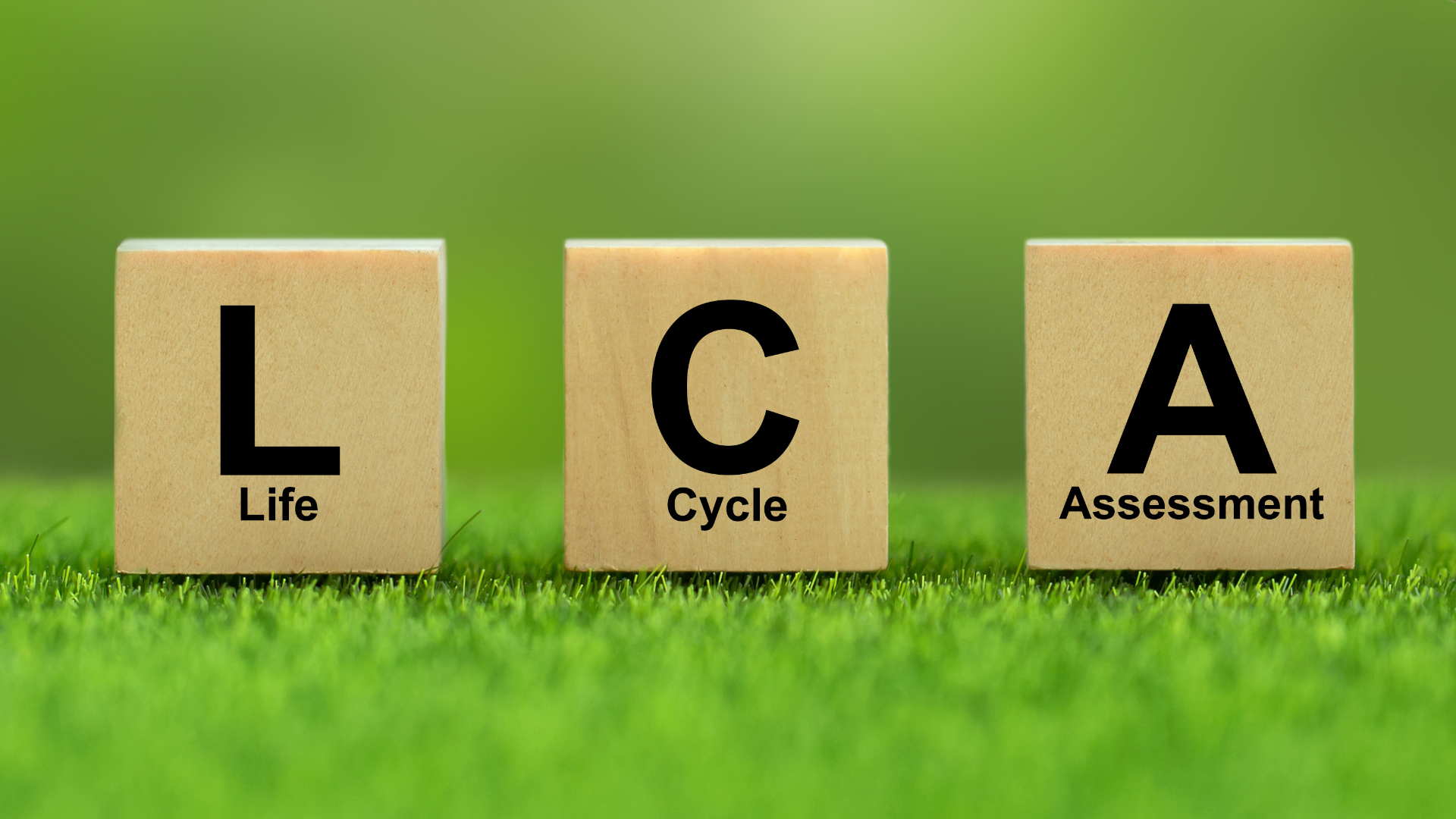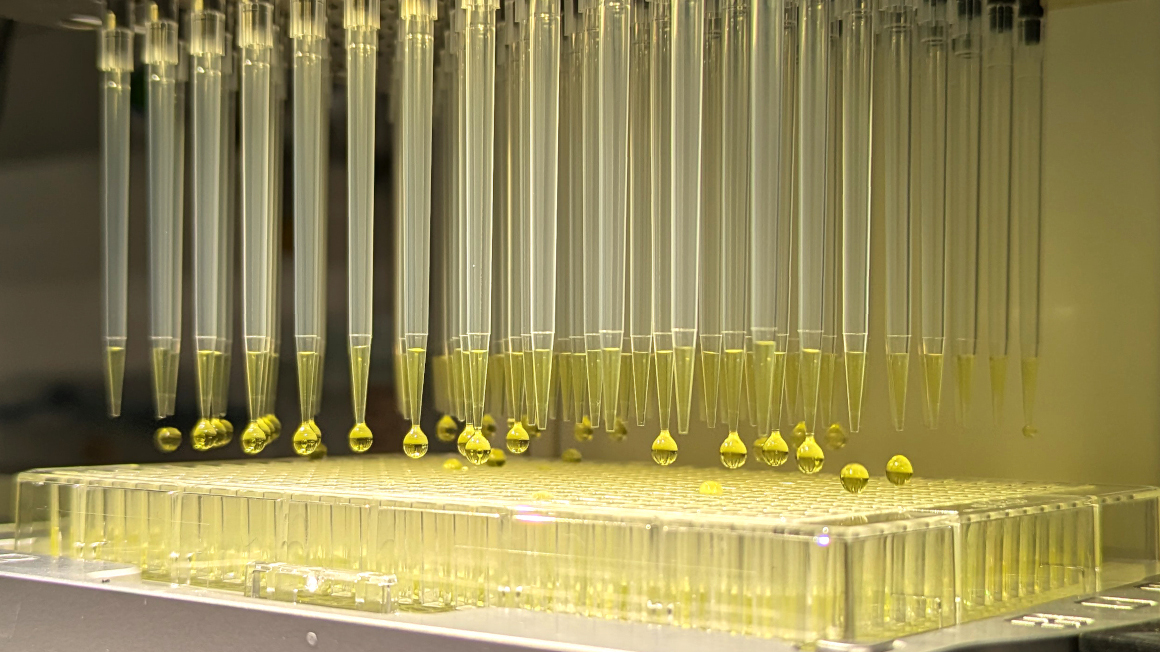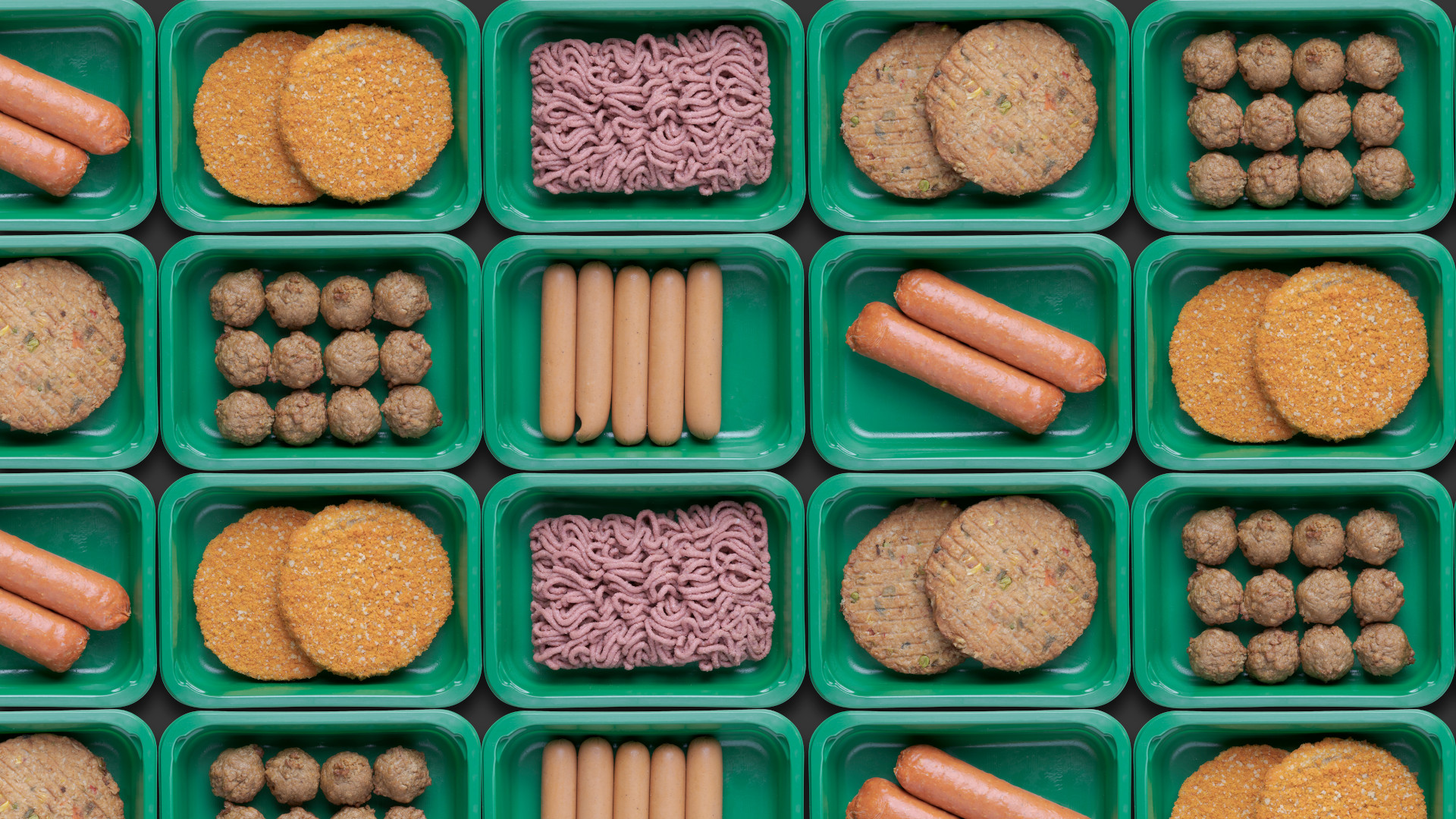Utilizing jellyfish
Jamileh JavidpourProfession
Marine Biologist
Position
Scientific assistant at the GEOMAR Helmholtz Centre for Ocean Research, Kiel, and coordinator of the EU project "GoJelly".

Profession
Marine Biologist
Position
Scientific assistant at the GEOMAR Helmholtz Centre for Ocean Research, Kiel, and coordinator of the EU project "GoJelly".

Scientific assistant at the GEOMAR Helmholtz Centre for Ocean Research, Kiel, and coordinator of the EU project "GoJelly".
Jellyfish are not very popular. On the beach or in the water they are usually considered a nuisance. However, Jamileh Javidpour is convinced that the sea dwellers could very well turn out to be quite useful. In the EU project "GoJelly", a team led by the Kiel marine biologist is investigating whether marine organisms can also be used as microplastic filters or for the production of fertilizer and fish feed, similar to algae.
Why is it necessary to use jellyfish as a raw material and biomass?
With almost 9 billion people on earth, we have reached the limits of growth. Many "traditional" resources such as fish as a source of protein have already been exhausted. This makes the search for new resources all the more important in the future. Jellyfish occur in huge quantities as biomass in the oceans and are even increasing globally. So far, however, jellyfish have only been used as food in a few countries, especially in Asia.
What could jellyfish be used for specifically?
The potential for the use of jellyfish as food and marine raw material seems enormous. They are not only suitable as food, but also for agricultural fertilizers. Jellyfish could also be used as raw materials for cosmetic and pharmaceutical products, as well as for novel biotechnological applications or even as microplastic filters.
What is the goal of the GoJelly research project?
In GoJelly, we want to kill three birds with one stone. First, we want to show ways to make better use of jellyfish as a resource. We want to test and further develop possible applications such as cosmetics, pharmaceuticals, food and fertilizer. We also want to develop models that can better predict the occurrence of jellyfish blossoms. The idea behind this is to make commercial fishing of jellyfish possible. Another focus is the further development of the novel microplastic filter for sewage treatment plants, which is based on jellyfish mucus. We want to create the basis for using jellyfish mucus as a material for the construction of microplastic filters in sewage treatment plants and thus reduce the introduction of microplastic into the environment. So far, such filters are not available or only available in experimental applications at enormous costs. Initial studies have shown that jellyfish mucus is an outstanding filter material for microplastics. We want to advance the technical feasibility in commercial operation in the project.
What are the results after almost a year of project work?
After five scientific expeditions on research vessels to date, we have developed a globally applicable protocol for the sampling of jellyfish and their food webs as well as for genetic investigations. We have also created the basis for the parameterization of models to improve the prediction of jellyfish blossoms. With Flow2Vortex, a first facility already exists to test the breeding (i.e. aquaculture) of jellyfish in offshore facilities. Such facilities would be important as a second mainstay for the commercial use of jellyfish in addition to fishing. We are currently testing the quality and quantity of the mucus to be harvested on different types of jellyfish in order to optimize the harvest without impairing the filter function.
What are the next steps?
Next, we want to chemically and genetically investigate the properties of jellyfish in the laboratory and test fishing methods and aquaculture facilities to harvest jellyfish in larger quantities. In addition to further ship expeditions for food net sampling, the first models for the prediction of jellyfish blossoms will become operational. Last but not least, we are working intensively on our App Jellysopter, with which every visitor to the Baltic or North Sea can report jellyfish finds, which will improve jellyfish viewing skills and simplify the reporting of flowers.


